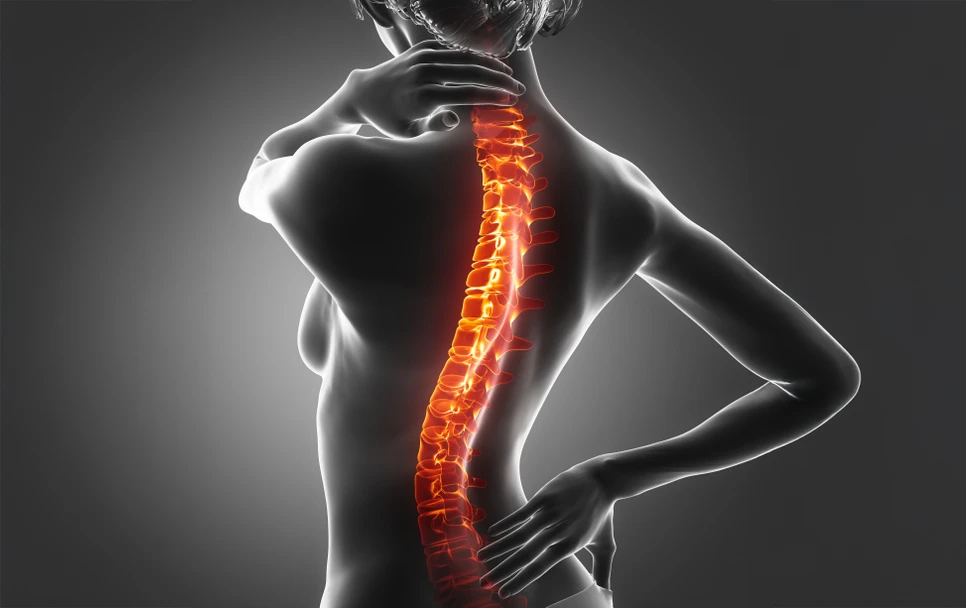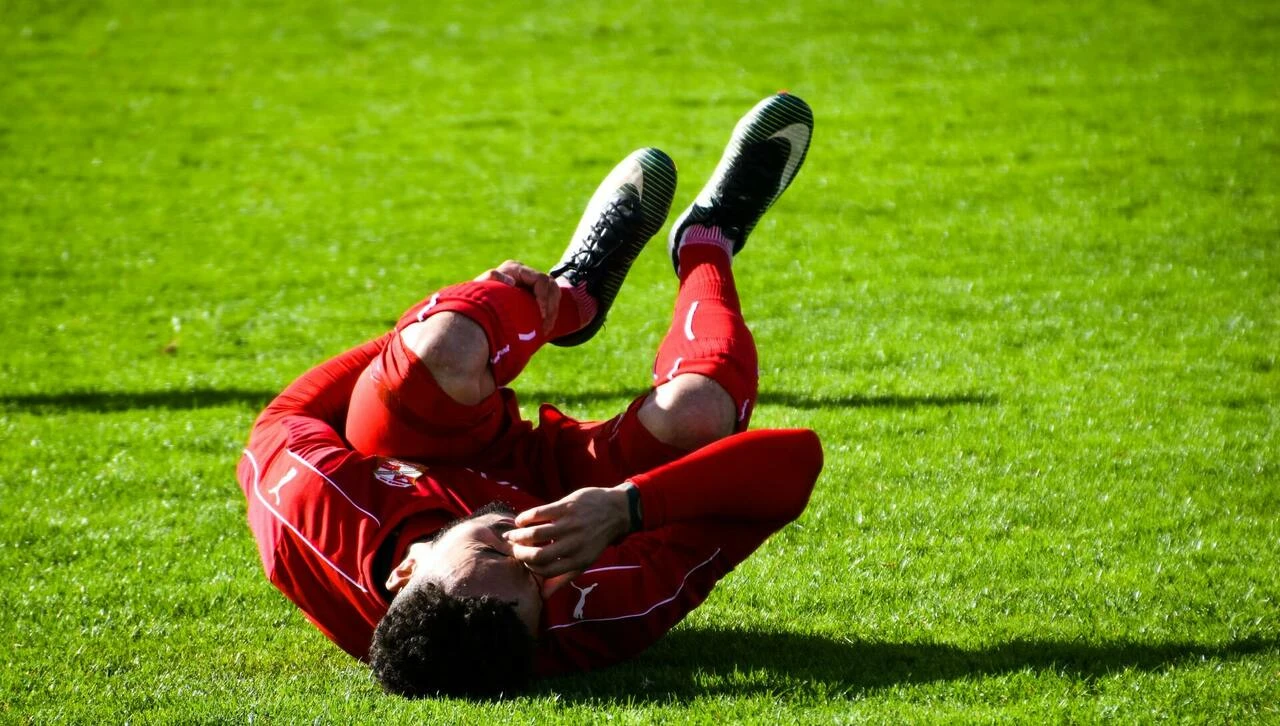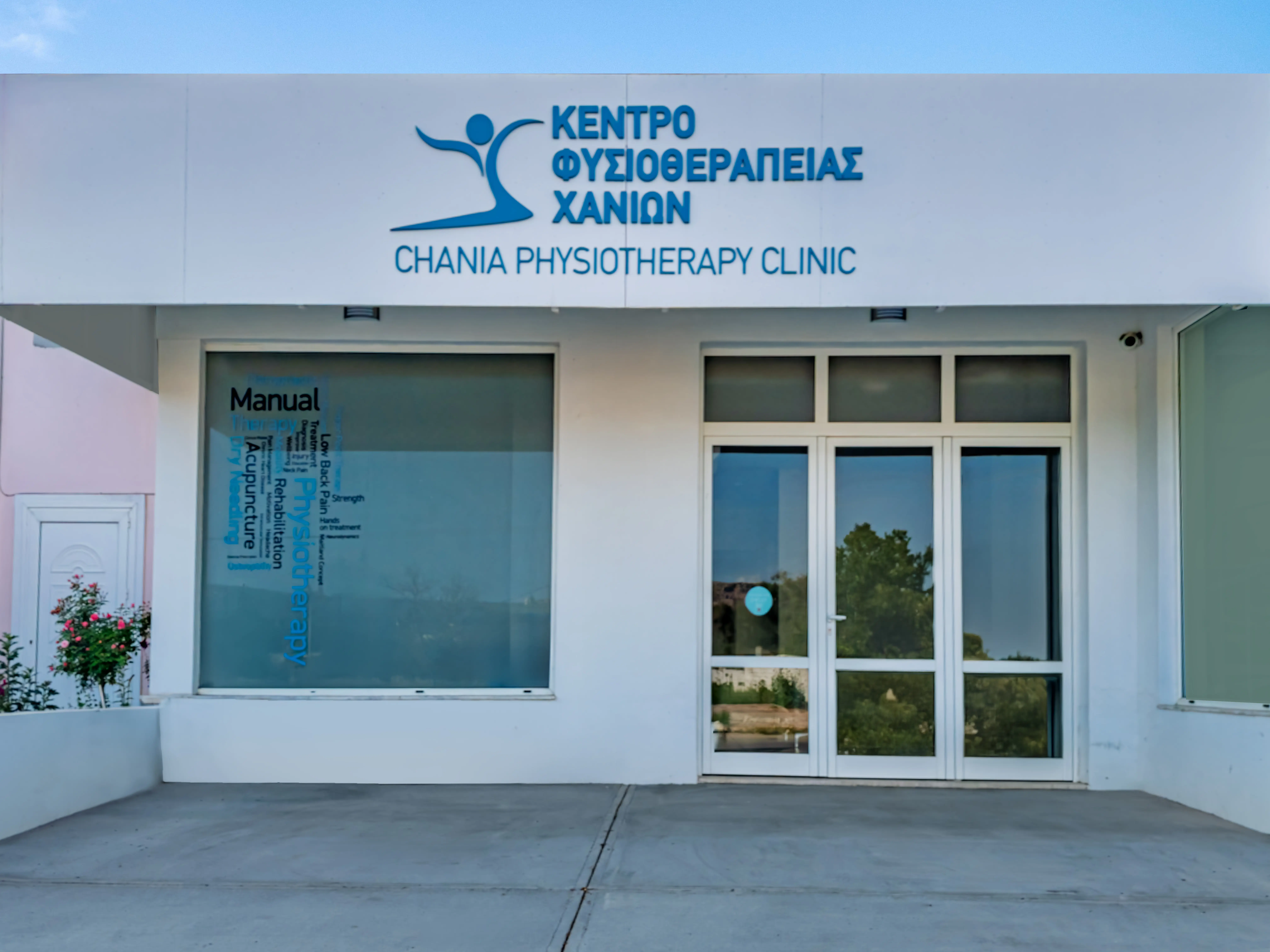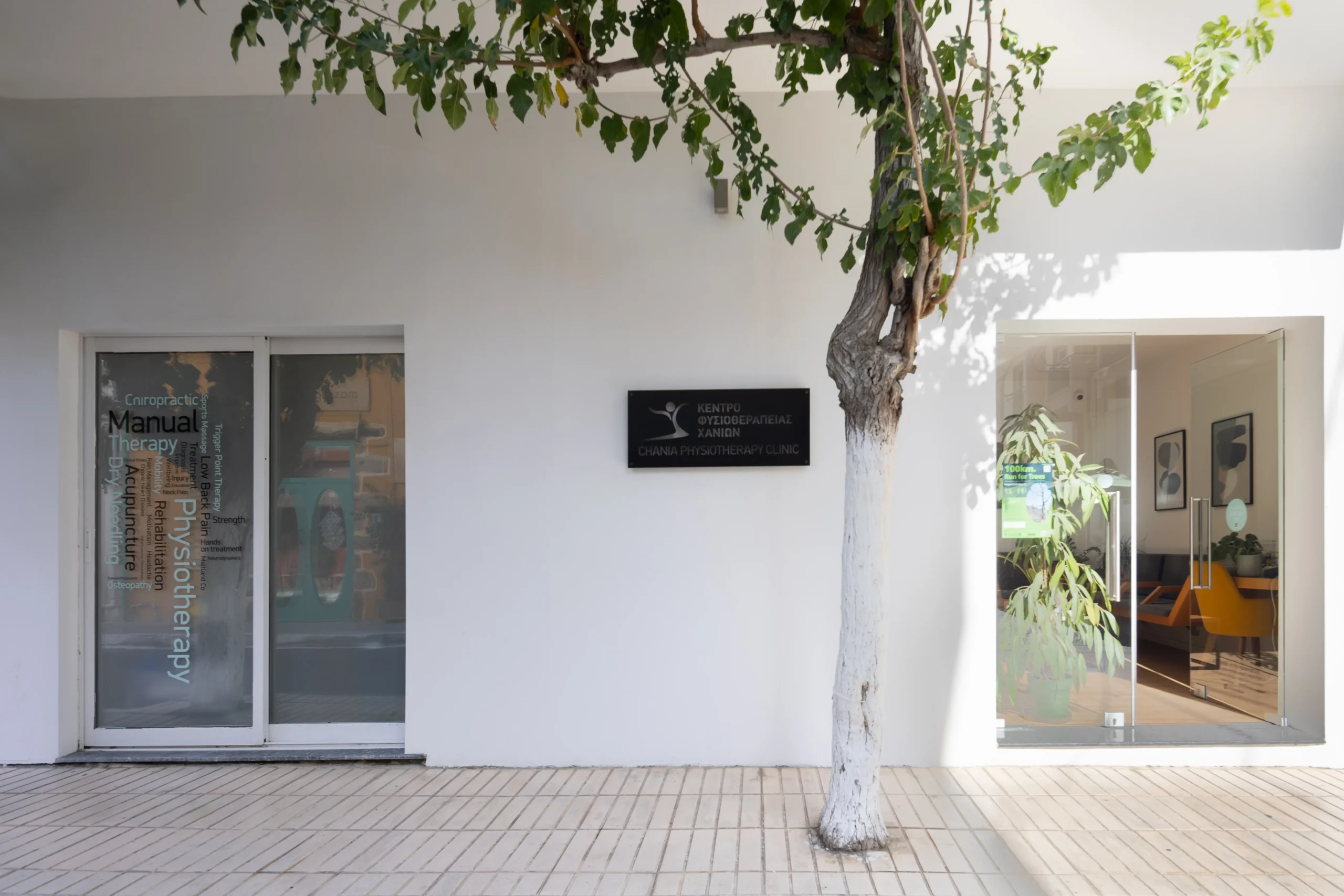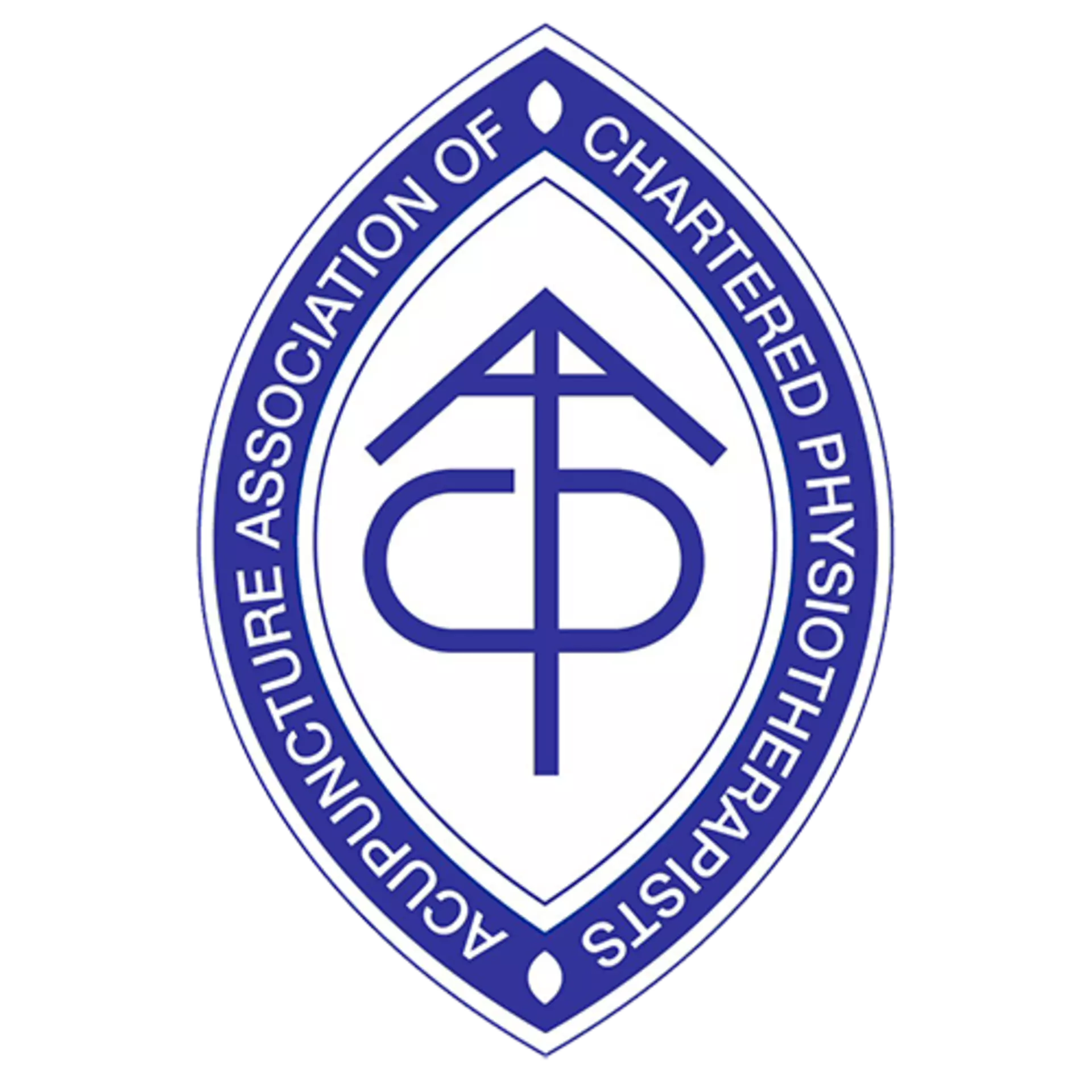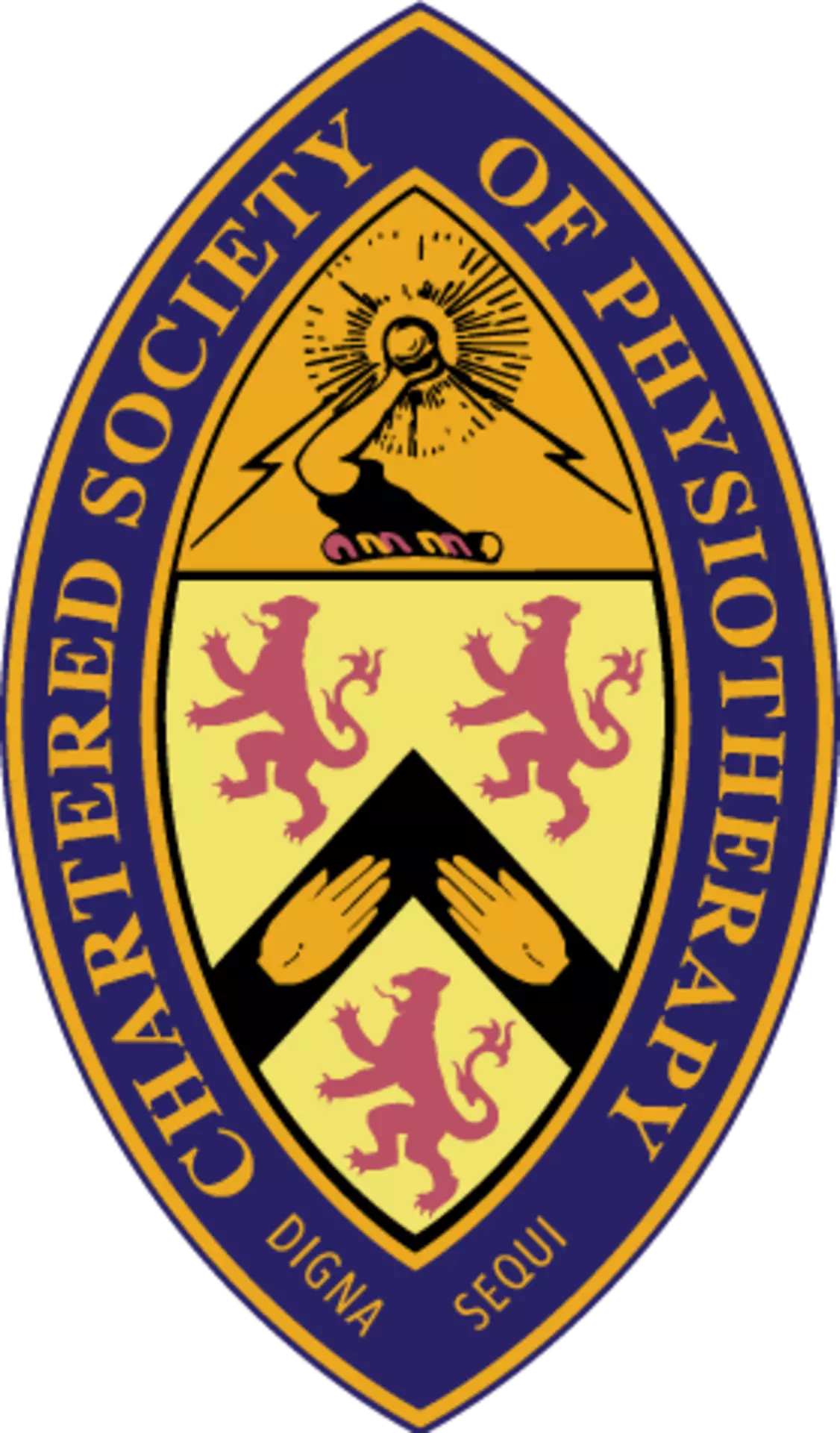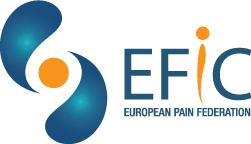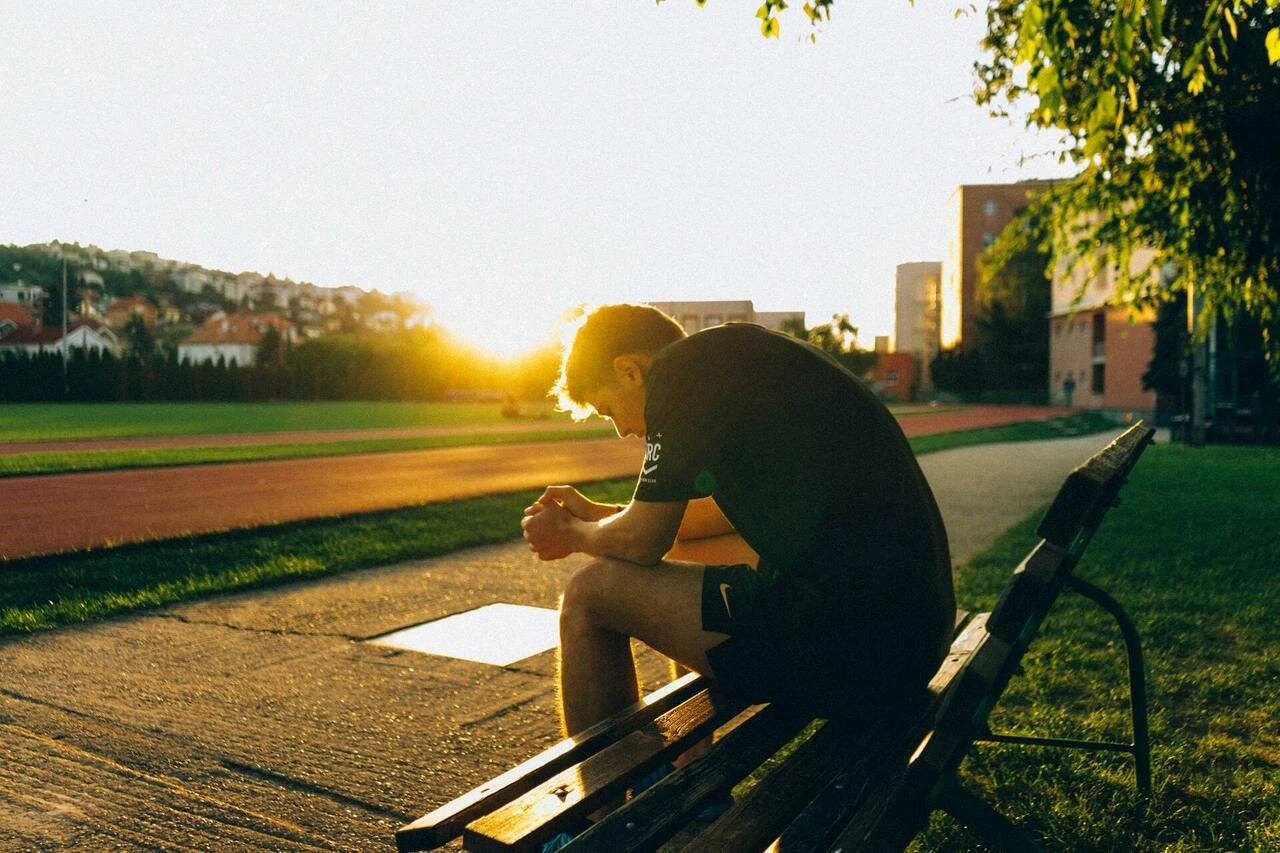
“Hurt doesn’t equal harm” is a common mindset, among people who exercise on a regular basis either for recreational purposes or elite sports performance. Phrases like “no pain no gain” or “the pain you feel today is the strength you feel tomorrow” are printed on fitness T-shirts & gym walls as the representation of the dominant mindset in the fitness world.
In general, for someone putting effort to improve sports performance in terms of aerobic capacity, muscle strength & endurance, flexibility, as well as other aspects of exercise, it is absolutely normal to put stress on the body into vigorous soreness and fatigue levels, during a workout session.
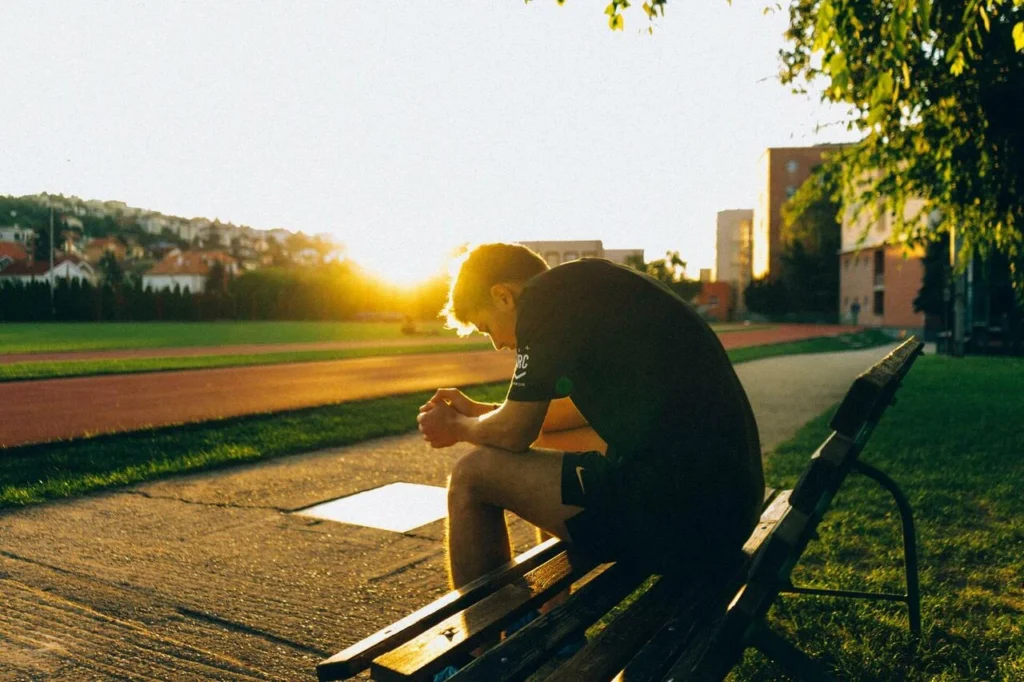
What happens when pain persists for a long time and doesn’t seem to be relieved with training, medication, physiotherapy, or even injections?
During a competitive training and the days following, a tissue adaptation process is triggered by different body systems in order to compensate for the new physical demands. When our body is healthy, it is expected to recover within a few hours following a vigorous exercise session and up to a couple of weeks in the case of marathon runners and other similar endurance sports.
For example, muscle tissue adaptation sensation (aka Delayed Onset Muscle Soreness) can be triggered even 24h following an exercise session and it shouldn’t persist for more than a few days to ease off. Regardless of how strenuous a training session is, it would become easier, for the same person to perform exactly the same exercise program a few days later, at least in some aspects of the program.
There are many cases of athletes who struggle to improve their performance without any significant success in the end due to recurrent or long-standing pain. When the occurrence of pain is directly related to the training sessions and there is no sufficient improvement in sports performance over time, it is most likely to be attributed to an overuse injury condition. Overuse injuries in sports participation have common behavioral characteristics like the recurrence or even gradual aggravation of debilitating symptoms with medium or minimal intensity training.
There are numerous underlying reasons for the trigger and progress of an overuse condition to an athlete. In general, such condition is mainly attributed to gradual insufficient tissue adaptation to training workloads, due to imbalance in load & rest analogy. There are also cases where an acute injury has occurred prior to the gradual turn into a chronic overuse state.
That is mainly caused by primary recurrent injuries on the same location or secondarily due to the excessive strain of adjacent musculoskeletal structures. Important contributing factors are training load modification, recovery time efficiency between the same training tasks or the whole training sessions, quality of sleep, pain behavior monitoring, pre-season design et al.
There are plenty of sports-related musculoskeletal pathologies & disorders with an overuse component on the sports performance. Some of the most known are reactive or chronic tendinopathy, medial Tibial stress syndrome, chronic fatigue syndrome, repetitive strain injuries on hamstrings, and other parts of the body.
Overuse is also one of the most common etiologic factors that lead to injuries in pediatric and adolescent athletes.
As the term "overuse" indicates the individual experiencing pain has done too much for too long, someone would assume that rest is all we need. Our body tissues (bones, muscles, tendons, ligaments, cartilage et al.) are always affected by training stimulus or immobilization in a never-ending process. For example, if you stop using a specific part of your body for a while, this will cause, muscle atrophy, bones will become less dense, cartilage will be triggered by a degenerative process, ligaments and tendons will lose some of their elasticity. Even in a painful condition, absolute rest in an athlete comes with undesirable side effects. In most pathologies, continuous training load adaptation (optimal load management) is the main rehab strategy in order to overcome an overuse condition.
Optimal loading means replacing rest with a balanced and incremental rehabilitation program. A comprehensive rehabilitation design should be based on a proper diagnosis, a thorough assessment, and recognition of contributing factors as well as the appliance of individualized exercise prescription. The solution may be just as simple to put into words, but as the injuries and biopsychosocial background of each athlete varies, it is hard to implement/apply a single "one size fits all" rehab strategy.
In conclusion, if you are experiencing persistent pain when exercising and you have been diagnosed with an overuse injury condition, you would, then, probably need a modification on training loads. While processing your way back to sports participation, you should also consider if there are any contributing factors to be addressed as well for the prevention of injury recurrence.
The information provided by this article is meant to help you become more effective and robust when exercising, so as to be able to return to desired performance levels.
If you still struggle without any significant success, then you should refer to a clinical specialist for athletes (an orthopaedic surgeon or a sports physio) to assist & guide you on your way back to sports participation. The same principles are not applicable to athletes with acute trauma or in a post-surgery state, and the contribution of exercise in these conditions will be well-explained in another following article.
Sources:
-https://www.ncbi.nlm.nih.gov/pubmed/29406788
-https://bjsm.bmj.com/content/50/5/273
-http://www.aspetar.com/journal/viewarticle.aspx?id=339#.XMBuKZMzbOQ
-https://www.ncbi.nlm.nih.gov/pmc/articles/PMC5394138/
-https://josr-online.biomedcentral.com/articles/10.1186/s13018-018-1017-5
-https://pediatrics.aappublications.org/content/119/6/1242.long
-https://onlinelibrary.wiley.com/doi/full/10.1002/msc.1191
-https://www.painphysicianjournal.com/linkout?issn=1533-3159&vol=15&page=ES205
-https://journals.sagepub.com/doi/abs/10.1177/0363546506298279
